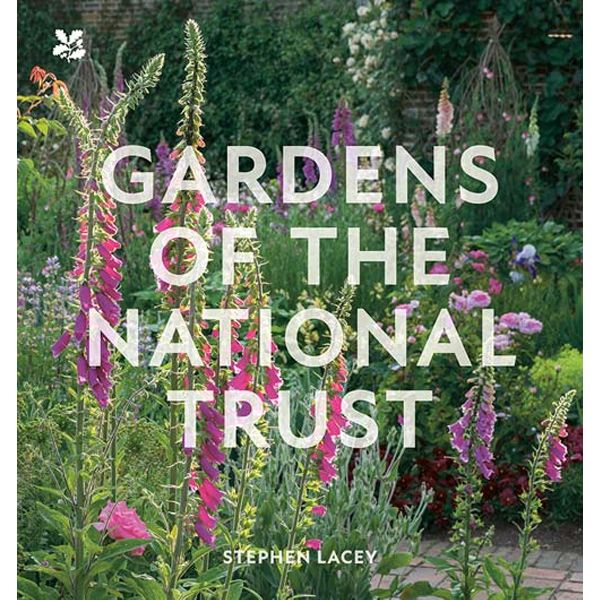In the footsteps of Henry James
It was a delightful summer’s day, so Gary and I decided to head to the ancient and picturesque town of Rye in East Sussex and visit the National Trust property, Lamb House, now in its 300th year.
Lamb House is situated in the historic heart of Rye, with cobblestones beneath your feet and timber-framed homes around every intriguing corner. Just a short hop from Lamb House is the Mermaid Inn, renowned for ghosts and smuggling stories of old.
It was a pleasure exploring Lamb House and especially its tranquil walled garden; the hustle and bustle of daily life in Rye seemed a world away.
While visiting Lamb House, why not also head to two other National Trust sites, Bodiam Castle, 13 miles northwest of Rye and Smallhythe Place, just 9 miles north in Kent.
So, let’s grab our National Trust cards and explore Lamb House.
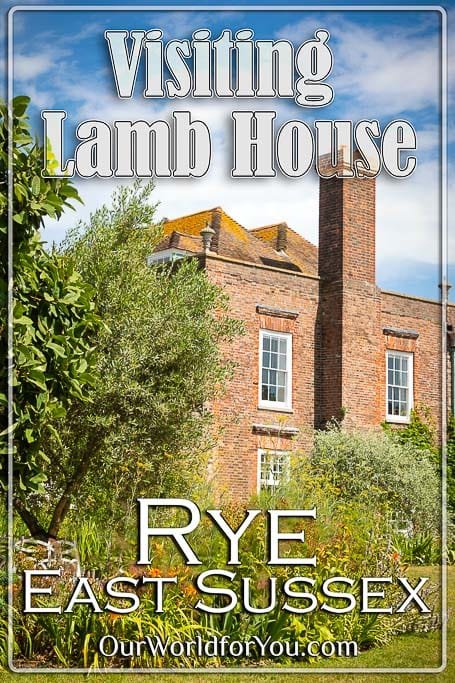
Where is Lamb House
How to get to Lamb House
Lamb House postcode is TN31 7ES or you can find it by using What3words ///neatly.presented.relies
- By Train
The nearest mainline station to Lamb House is Rye, just a 5-minute walk through the historic town to West Street.
- By Car
Lamb House in East Sussex does not have onsite parking; however, there are plenty of car parks dotted around Rye town centre.
A little bit of history on Lamb House
From a politician to literary greatsLamb House was built in 1723 by James Lamb, and to be perfectly honest, I can’t imagine the quaint streets of Rye looked any different then than they do today; it’s a picture postcard.
The charming red brick Georgian house was home to the Lamb family for many years. James Lamb was a local politician and a wealthy wine merchant and often welcomed distinguished guests, including George I, in 1726, more to be revealed. The Lamb family sold the house in 1893.
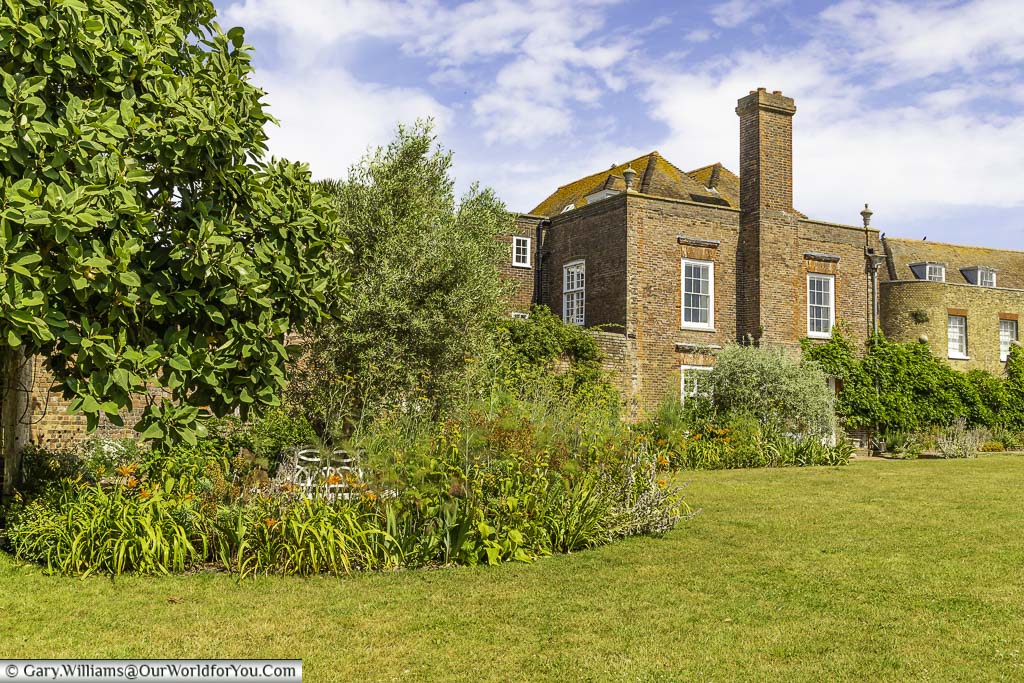
In the mid-1890s, the renowned author Henry James relocated to Rye to seek solace from his critics in London. He fell in love with Lamb House and, when it became available in 1897, took out a lease and then purchased Lamb House two years later.
Henry James wrote many great novels during this period in his life, including The Turn of the Screw, which he wrote while Lamb House was being renovated. Mr Langdon’s home in the novel The Awkward Age is Lamb House.
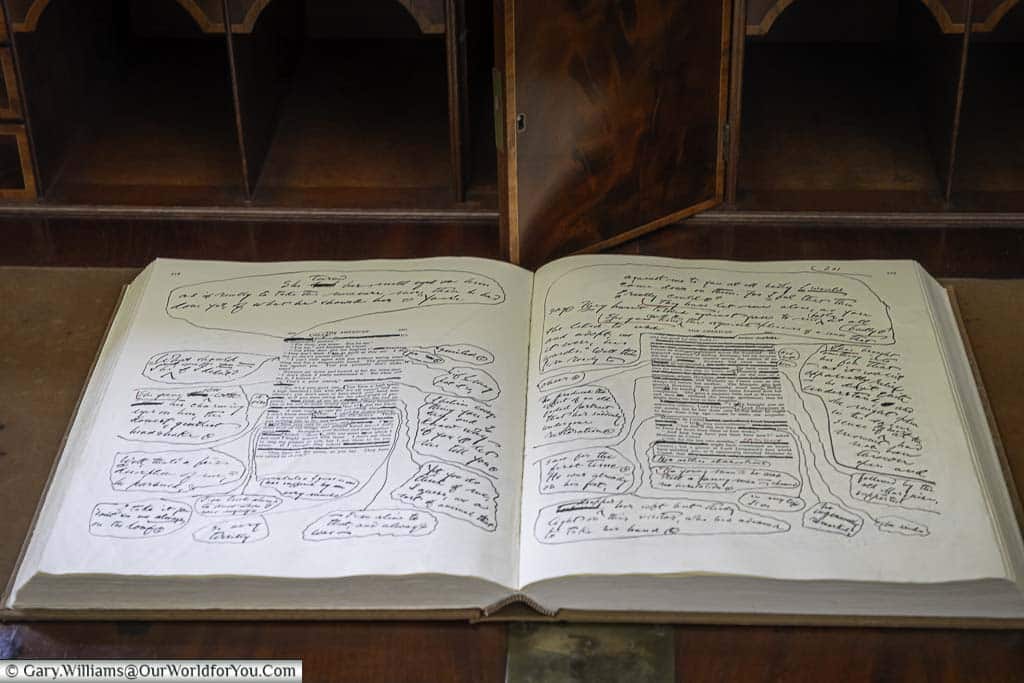
Henry often chose to use the Garden Room in the summer to write his novels, which was initially built as a banqueting room in 1743. Unfortunately, the self-contained room was destroyed in 1940 during a bombing raid.
Henry James was awarded the Order of Merit in 1916 by George V; however, James died two months later.
Henry James was very well connected in the literary world, and guests to Lamb House included Rudyard Kipling, who lived close by at Batemans, H.G. Wells, Virginia Woolf, and Ford Madox Ford.
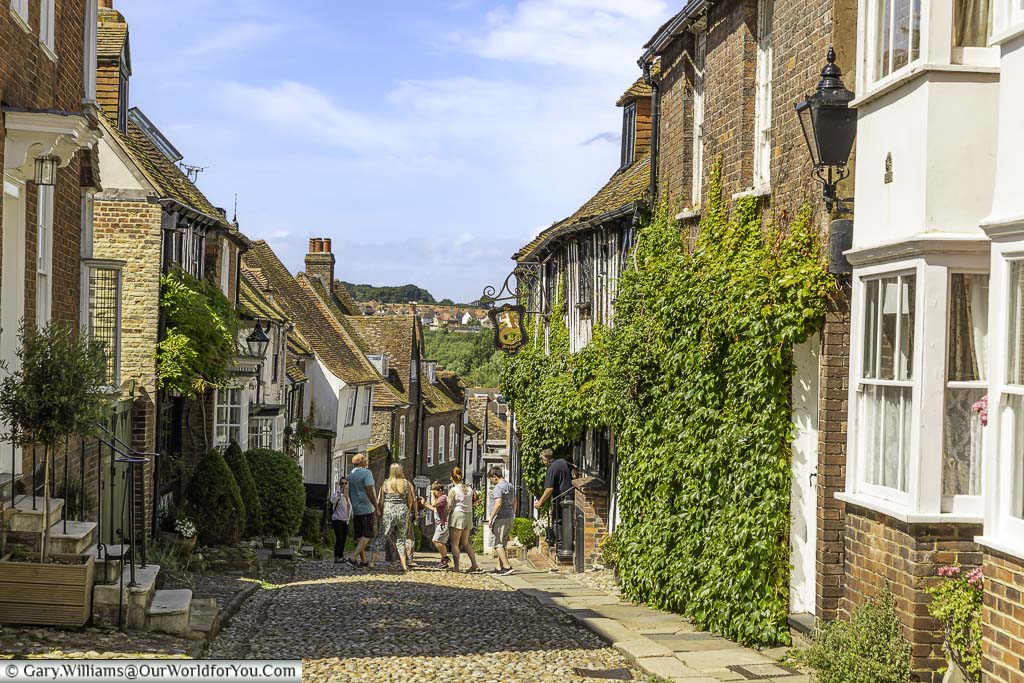
From 1919 until 1940, E.F. Benson lived at Lamb House and wrote many books, including the ‘Mapp and Lucia’ novels. Lamb House was the home of Miss Mapp, and Rye was the backdrop for the fictional town of Tilling.
In 1950 Lamb House was given to the National Trust by the widow of Henry James’s nephew. Literary tenants continued to live in Lamb House until 2016, when the property was renovated, and the whole house and the lovely walled gardens were then opened to the public.
Visiting Lamb House
A Georgian family homeLamb House is tucked away in the corner of a cobbled lane in West Street and has beautiful views of St Mary’s Church at one of the highest points in Rye.
As you step inside the charming Georgian townhouse, history is at your fingertips, with many fascinating tales waiting to be told. Some of Henry James’s possessions were bequeathed to National Trust and are on display around the home.
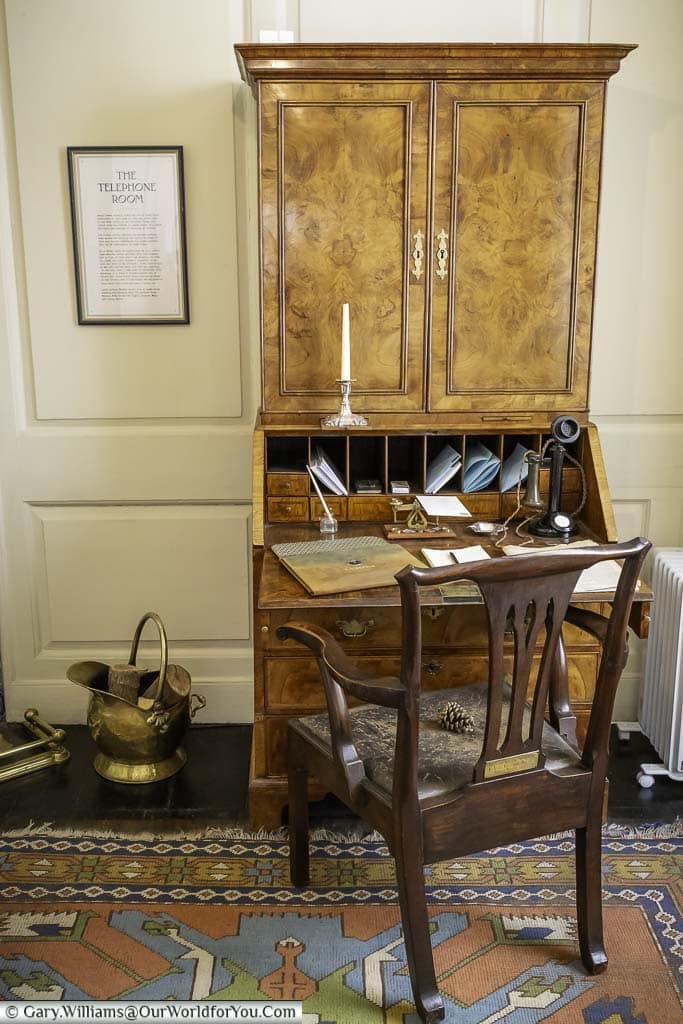
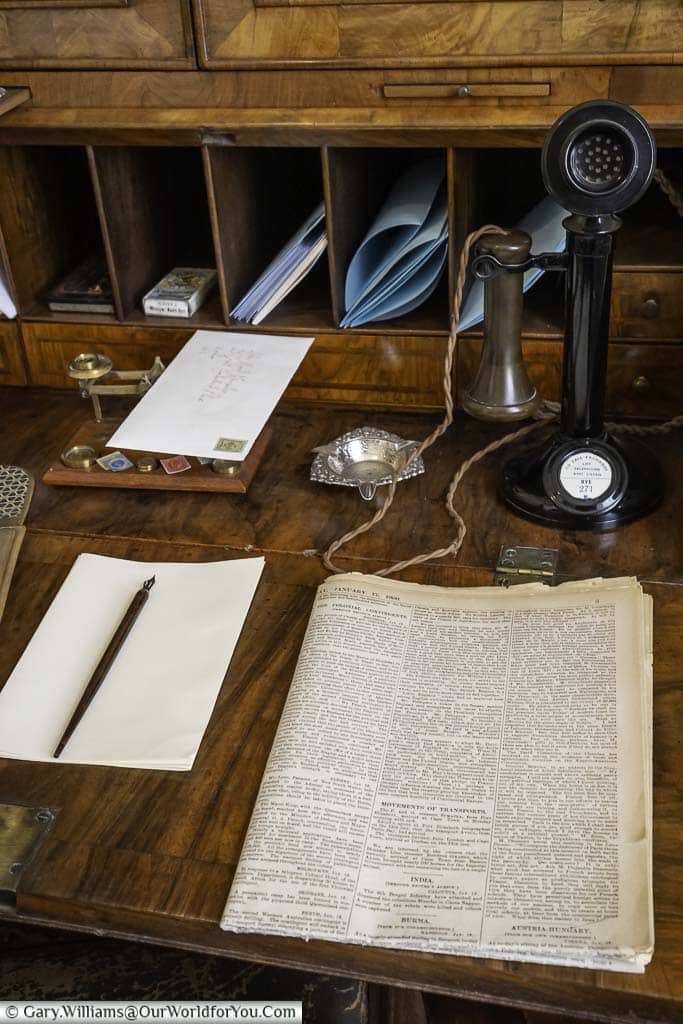
To the right of the entrance hall is the Telephone Room. In 1912 Henry James had Rye’s first telephone installed within Lamb House. This bright white room was used by Henry’s guests for writing and corresponding to their letters.
A.C. Benson often stayed at Lamb House and used the Telephone Room. Arthur Christopher Benson was famed for writing the words to the patriotic song “Land of Hope and Glory” in 1902.
Where to stay in Rye
Exploring the Oak Parlour
Guess who’s coming to tea?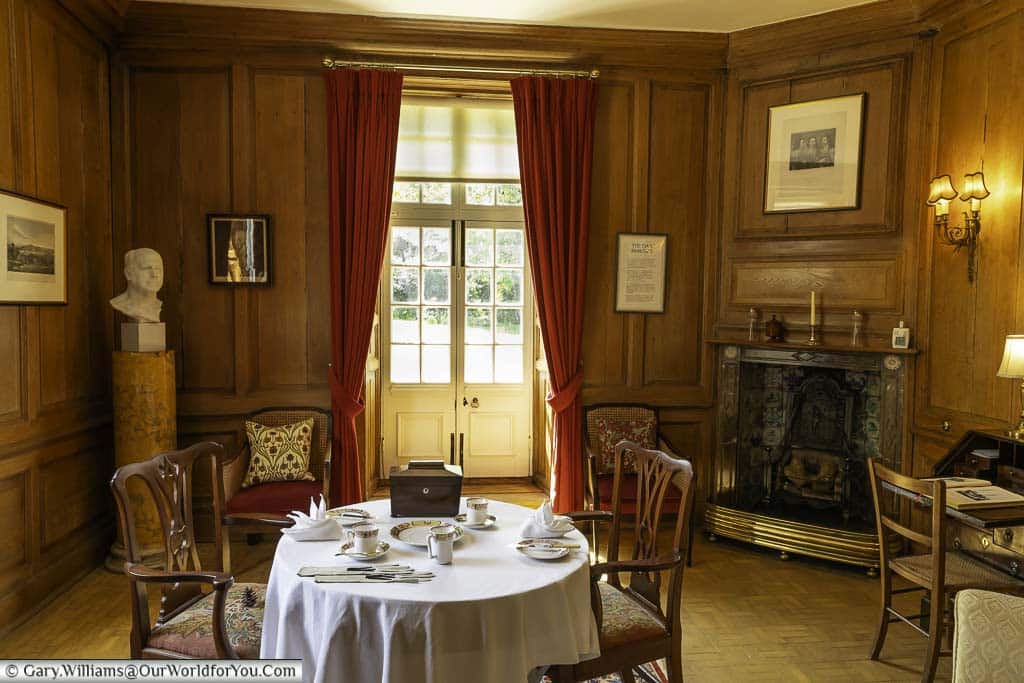
Although the parlour was lined with oak panels, light shone in from the garden and the charming window that looked out upon West Street and the parish church. The room was quite formal but would have been quite cosy when the open fire was lit.
Queen Mary visited Rye in 1935 and met with E.F. Benson in Lamb House, who was the Mayor of Rye at the time. I imagine it was the Oak Parlour where Queen Mary was entertained.
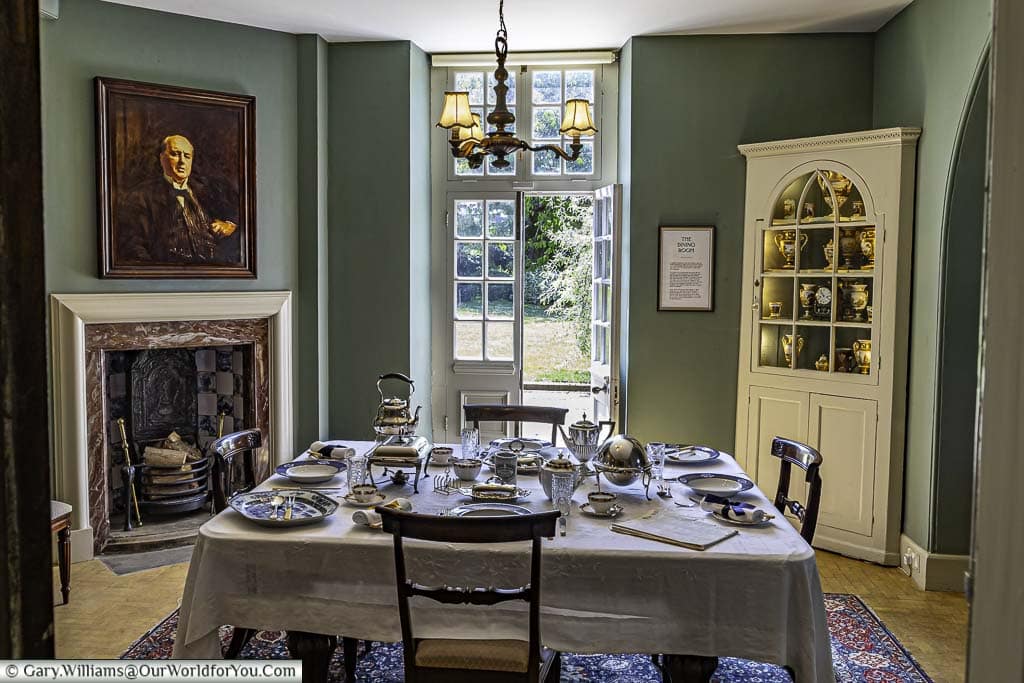
If, like us, you enjoy visiting the National Trust gardens around the United Kingdom, then grab yourself a copy of the latest ‘Gardens of the National Trust’.
It’s a beautifully illustrated book, and it won’t be long before you’re planning your next trip.
The Green Parlour
James and Benson’s writing roomWe’re now heading upstairs to the Green Parlour and the King’s Room; as mentioned, the first floor of Lamb House wasn’t on view to the public until relatively recently. In 2016 it underwent a three-year restoration project.
The Green Parlour is where Henry James wrote during the winter months of the year; the Garden Room, which he preferred, later succumbed to the bombings in WWII. The parlour and James’s writing bureau still retain much of its historic character.
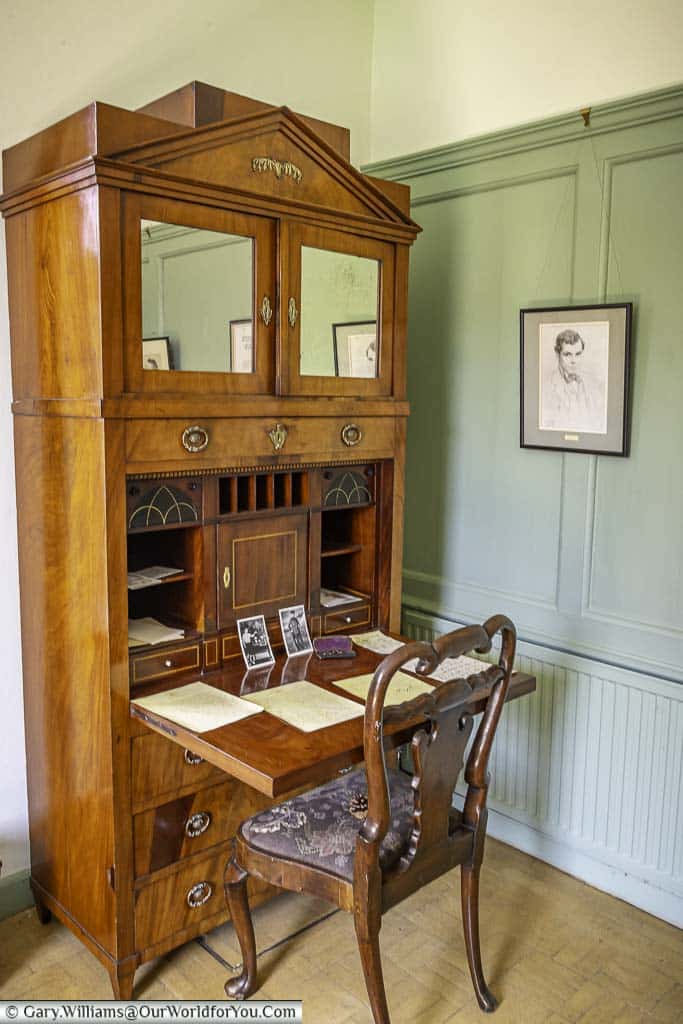
From within this room, Henry James penned The Wings of the Dove in 1902, The Ambassadors in 1903 and The Golden Bowl in 1904.
This Green Room was also used by E.F. Benson as a writing room and by the National Trust tenants Rumer Godden and Montgomery Hyde.
Map, guides and more
If you want to discover more of the East Sussex landscape around Rye then why not pick up an OS map, we'd recommend the 'Map of Romney Marsh', which covers Rye & Winchelsea Tenterden & New Romney.
Alternatively, why not purchase and download the OS Maps App, which covers all of Great Britain.
The King’s Parlour
Fit for a KingYes, incredibly, Lamb House hosted George I.
It was only a few years after Lamb House was built when King George I’s ship came ashore at Camber during a storm in 1726. The accommodation was sought for the King, and as Lamb House was the home of the Mayor, this house seemed the most suitable.
James Lamb kindly gave up his bedroom for several nights.
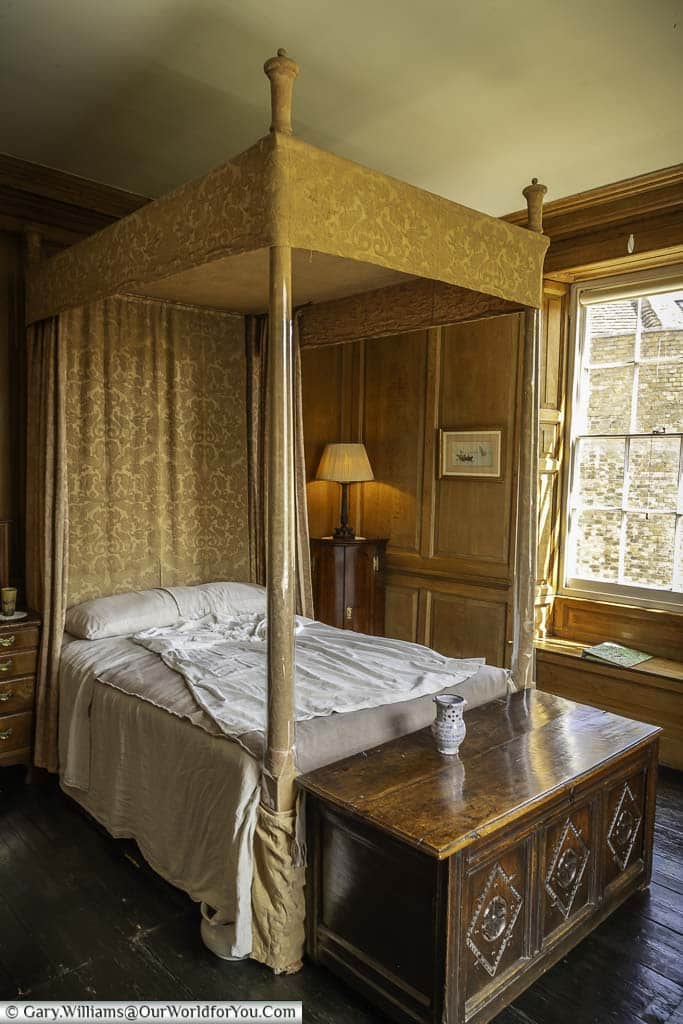
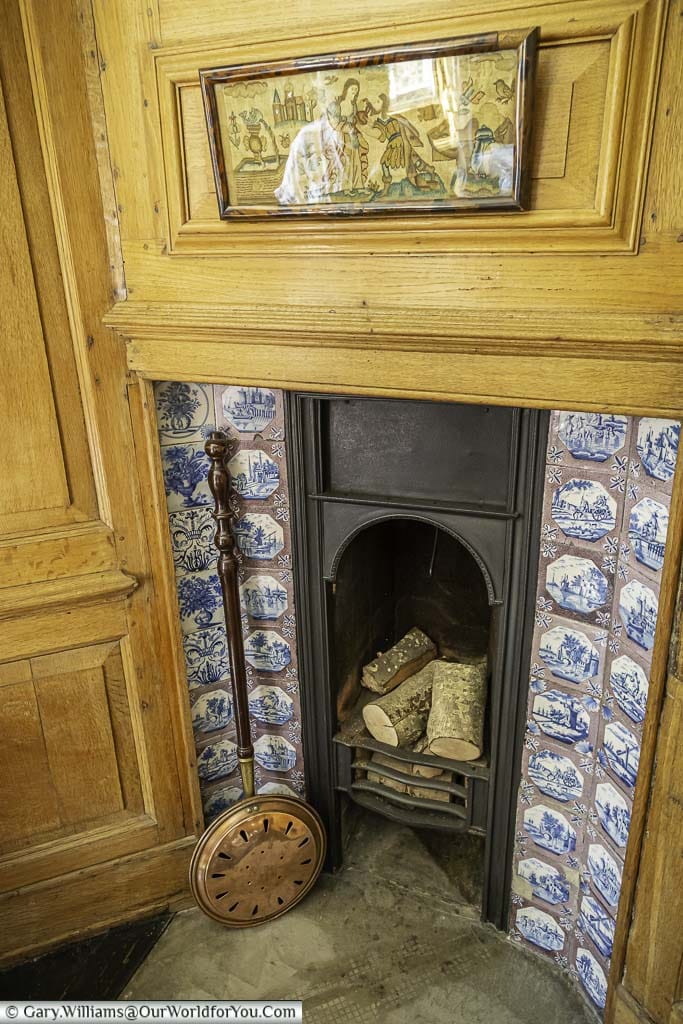
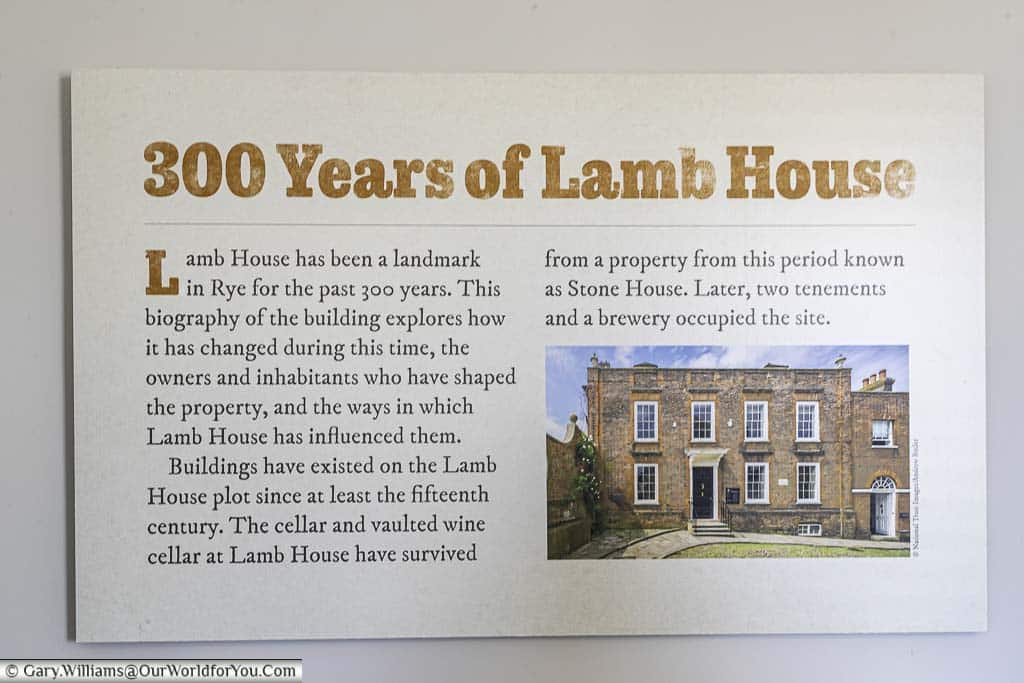
Discovering more National Trust homes & gardens
Exploring Lamb House walled garden
A haven of tranquillity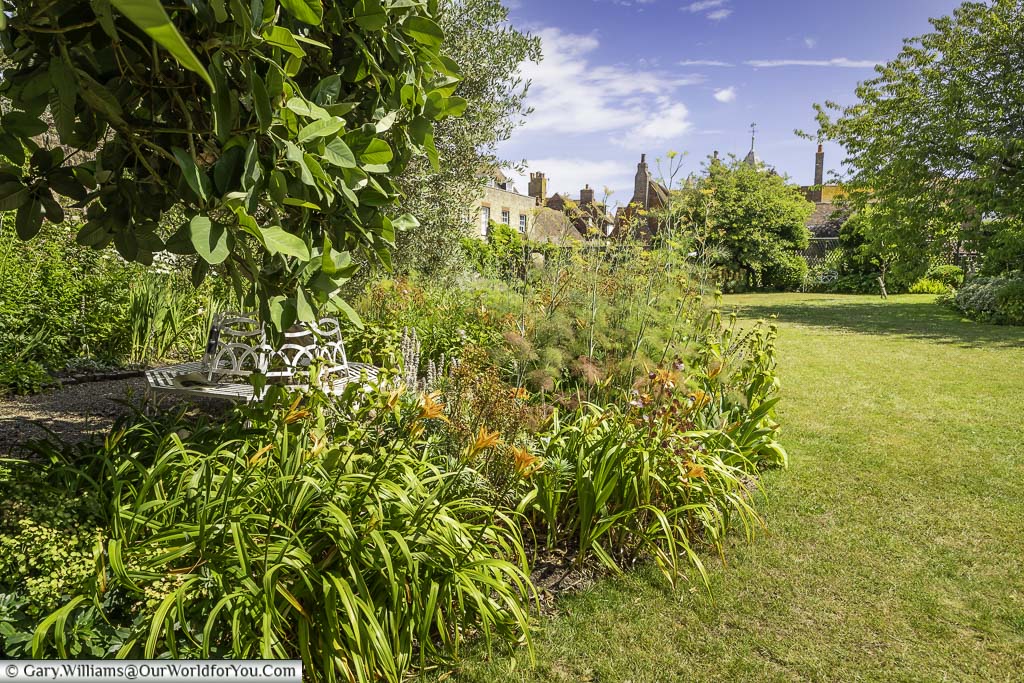
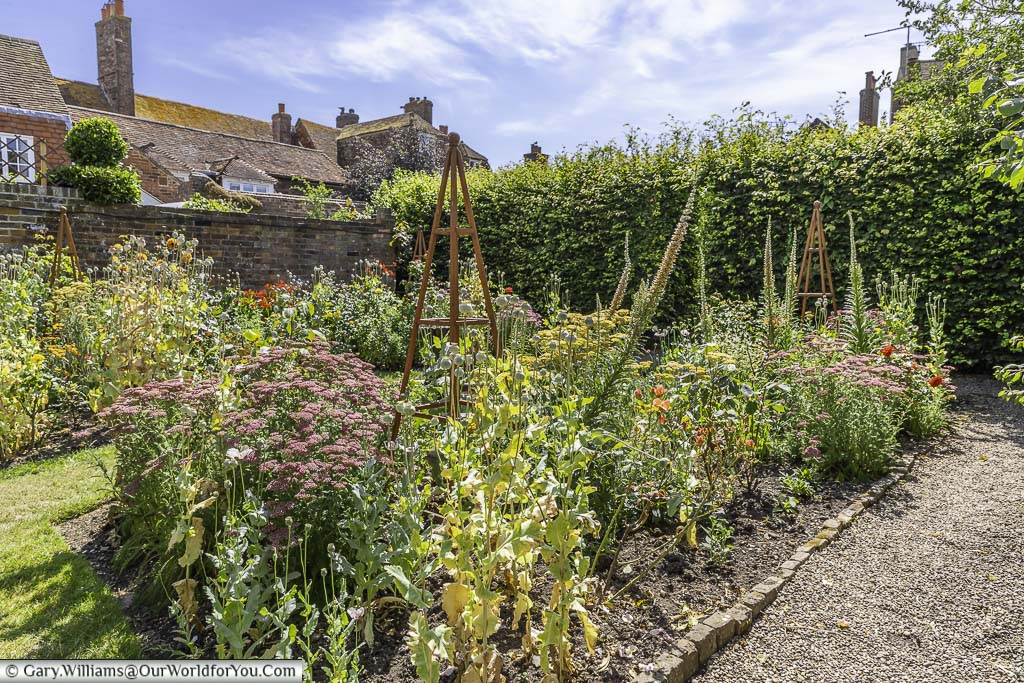
The garden warmly wraps itself around half of the house and feels so welcoming and one you would love to stroll around morning and evening.
There is so much character within this garden, old red brick outhouses, sheltered corners, and a beautiful, secluded courtyard near the Breakfast Room.
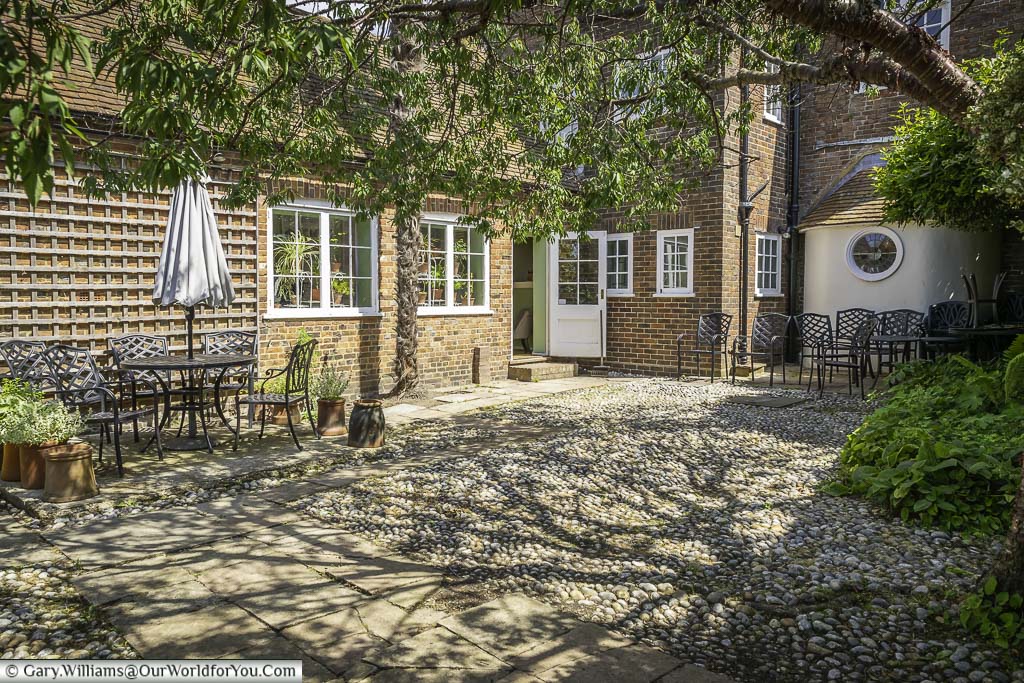
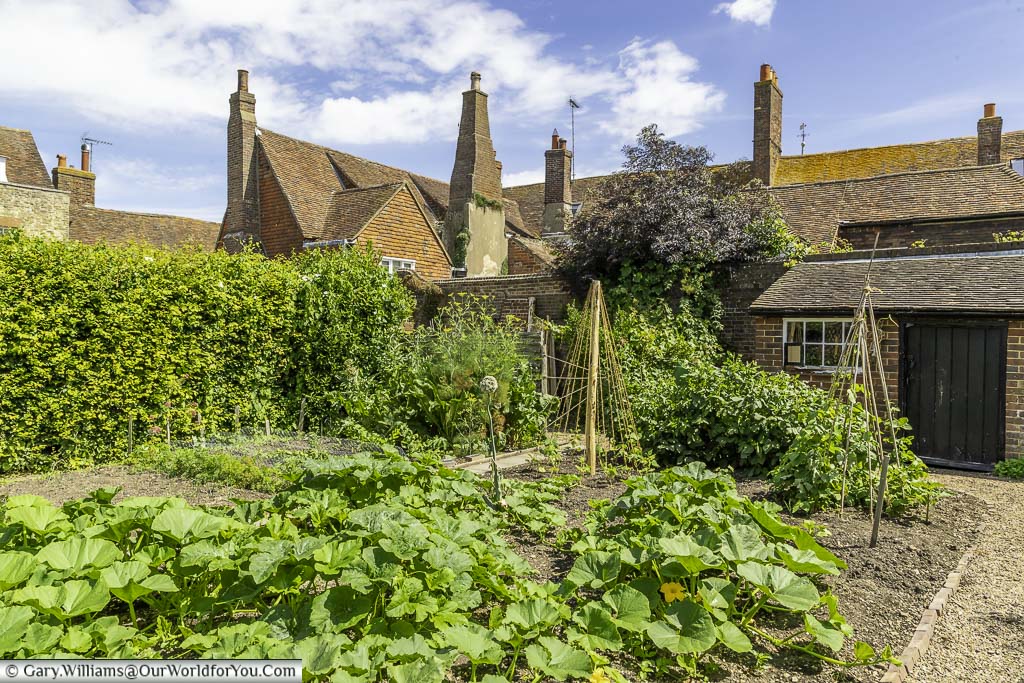
As you wend your way around the garden’s edge, keep your eye out for the graves of Henry James’s much-loved dogs: an adorable final resting place for cherished pets.
Go on, grab your National Trust membership card, and visit Lamb House in East Sussex.
Our video of Lamb House
We have created a little YouTube video of Lamb House. Why not take a look?
Also, why not subscribe to our YouTube channel and get the latest clips as we post them?
* This post may contain links to affiliated sites where we earn a small commission at no additional charge to you.
